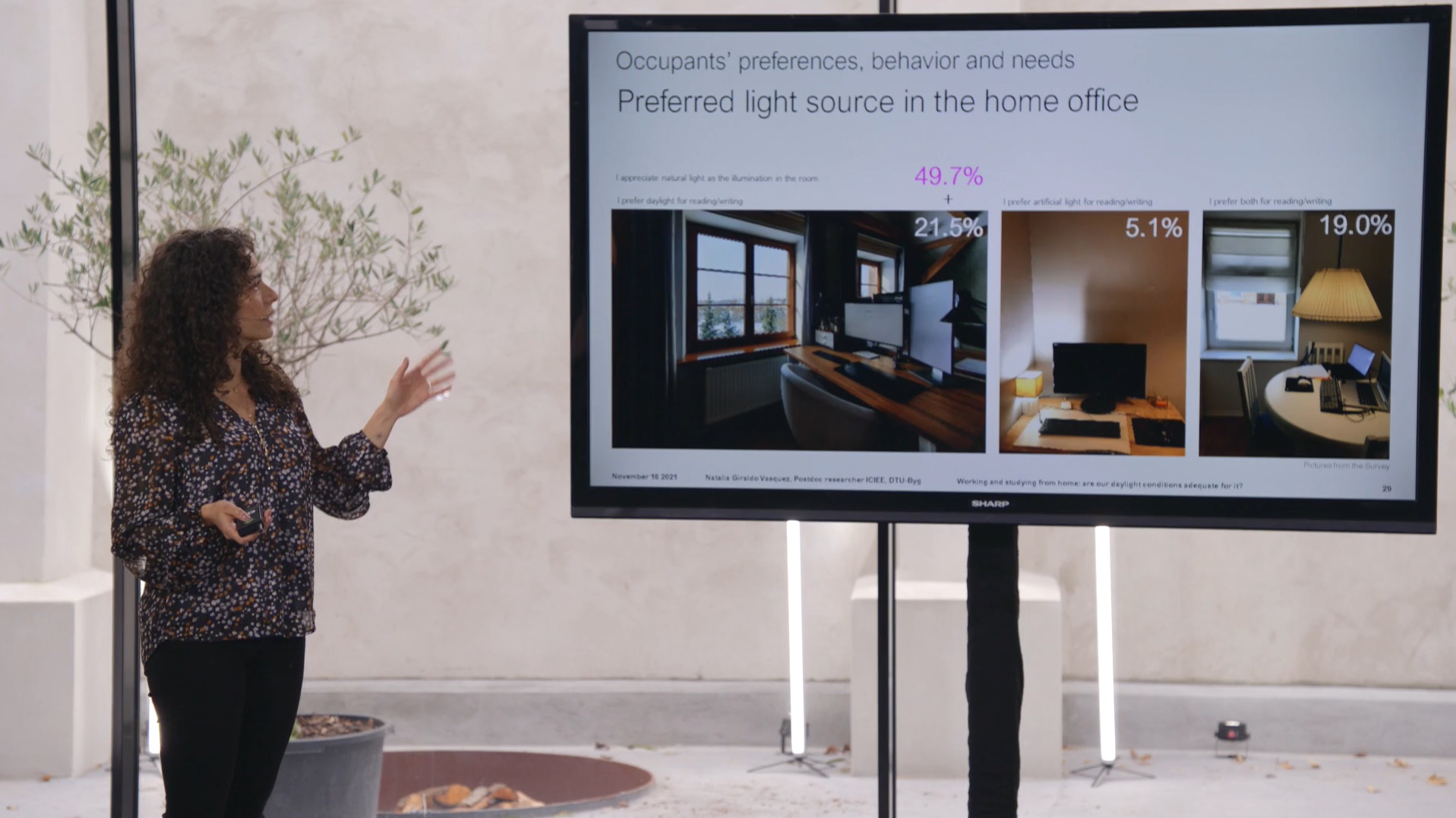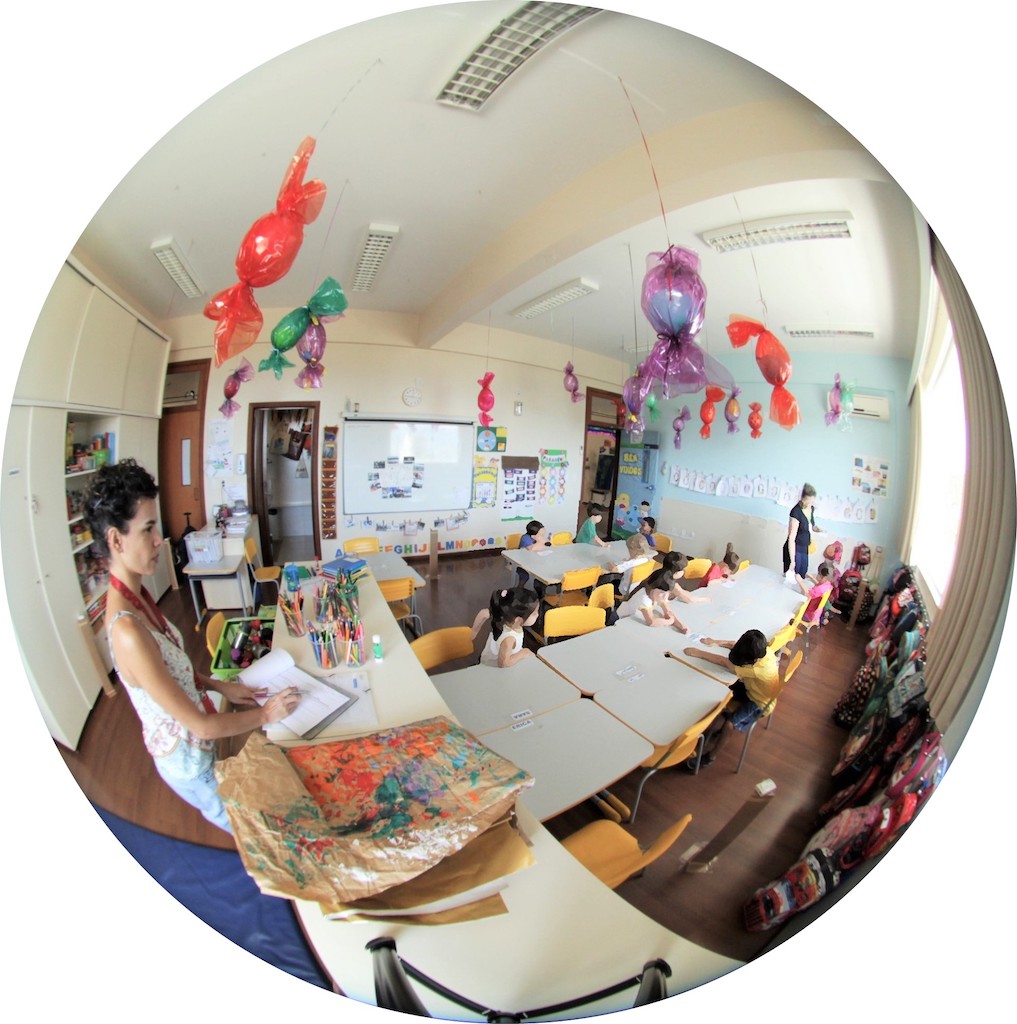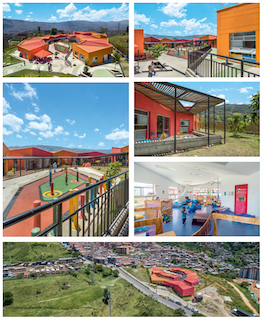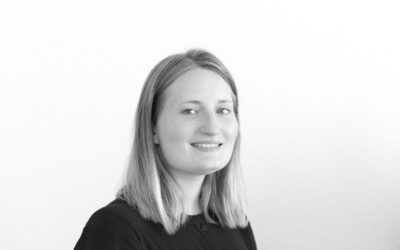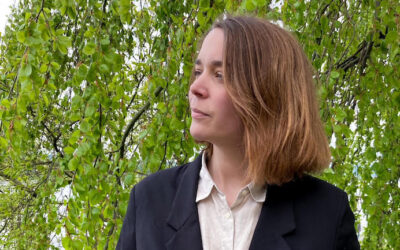The Daylight Award Community
Natalia Giraldo Vasquez
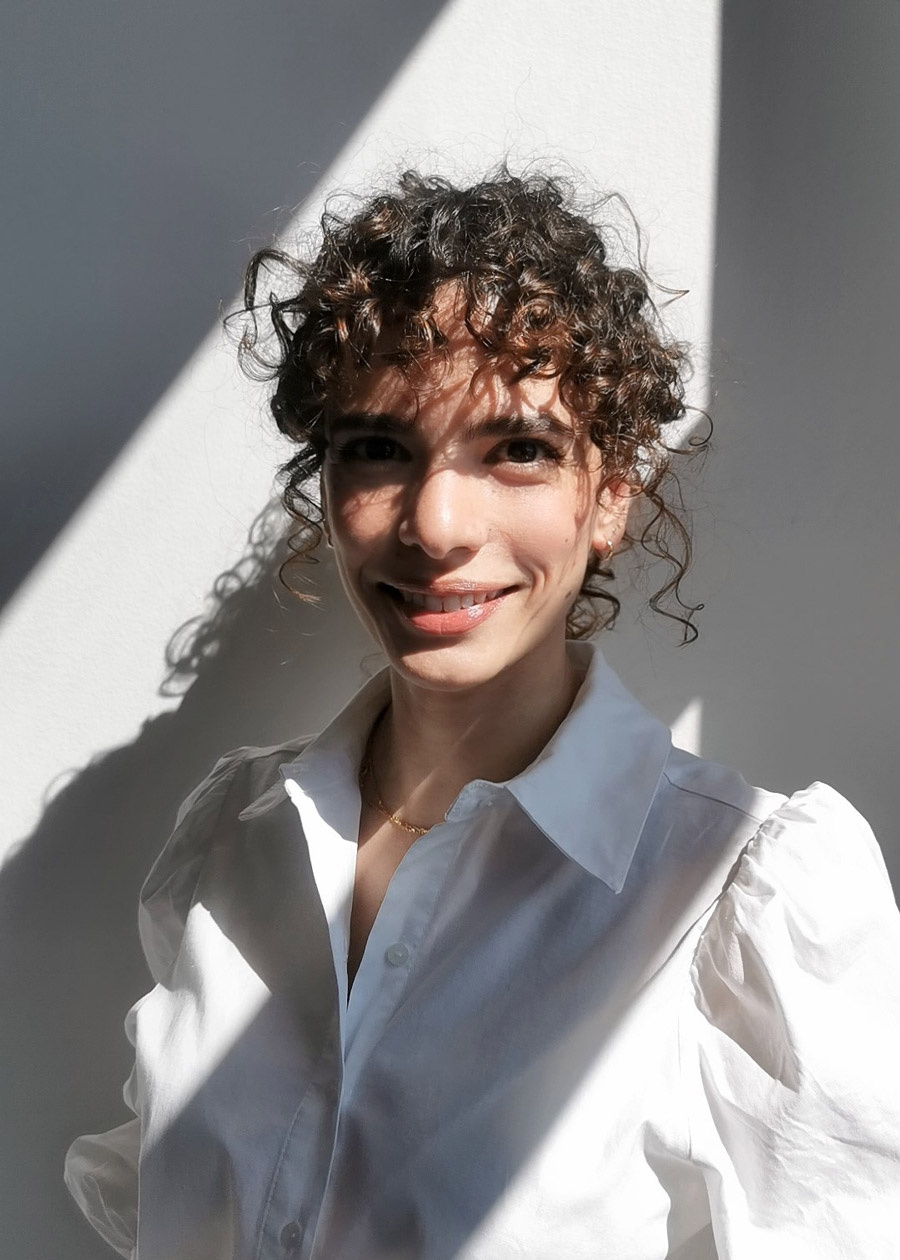
FEATURE
What does daylight mean to you?
For me, daylight is a shaper. In an unmaterial sense, it defines cultures, behaviors, and habits. At the same time, tangibly, it shapes buildings and spaces and plays an essential role in our spatial/sensory experience. My relationship with daylight has changed now that I live in Denmark. While living in South America (Colombia + Brazil), I always took it for granted; now, I crave daylight during the winter because it brings me joy and energy.
How did your interest in the subject rise?
During my Master’s, I got to know the extensive study of Lisa Heschong in schools in earlies 2000s. When I was discussing with my supervisor the topic of my Ph.D. project, two previous studies came across “Attitudes of school children to daylight and fenestration” and “Health and behavior of children in classrooms with and without windows”, which I found highly inspiring. I decided then to explore the behavior, perceptions, and preferences of young children (between 4 and 6 years of age) towards the classroom luminous environment. Also, I thought that research in daylight with children would be fun- which it was- and challenging -which, by far, it certainly was-. Now I am moving a bit deeper in the field with a project that looks at the visual and thermal interaction and its effects on people’s perception and well-being.
How do you work with daylight in your research?
I would say that my research deals with the effects of daylight on people. During my Ph.D I examined behavioral and perceptual aspects. Currently, I am researching the interactions between visual stimuli (daylighting and window views) and indoor temperature and their effects on the occupants’ psychological and physiological responses and performance.
Which project/publication describes your work the best?
For my Ph.D. project, I conducted field studies in kindergartens, asking children about their lighting preferences and perceptions in the classroom, and observing how they used the space and their relationship with the windows.
N.G. Vasquez, M.L. Felippe, F.O.R. Pereira, A. Kuhnen, Luminous and visual preferences of young children in their classrooms: Curtain use, artificial lighting and window views, Build. Environ. 152 (2019) 59–73. https://doi.org/10.1016/j.buildenv.2019.01.049.
N.G. Vasquez, M.S. Khanie, F.O.R. Pereira, Lighting and Occupancy Behaviour of Preschool Classrooms: a Field Study in Brazil, in: X. Zhu, G.P. Dias (Eds.), BEHAVE 2020-2021 6th Eur. Conf. Behav. Chang. Energy Effic., Copenhagen, Denmark, 2021: pp. 61–65.
https://backend.orbit.dtu.dk/ws/portalfiles/portal/264668364/Extended_abstract_1_.pdf
Recently, I was lucky to collaborate with the IEA Task 61 in an online survey about daylighting and lighting conditions in home offices. We manage to collect answers from participants in Japan, Polan, Italy, Denmark, Brazil and Colombia.
C.N.D. Amorim, N.G. Vasquez, B. Matusiak, J. Kanno, N. Sokol, J. Martyniuk-Peczek, S. Sibilio, Y. Koga, G. Ciampi, M. Waczynska, Lighting conditions in home office and occupant’s perception: An international study, Energy Build. 261 (2022) 111957.https://doi.org/10.1016/j.enbuild.2022.111957
N.G. Vasquez, C.N.D. Amorim, B. Matusiak, J. Kanno, N. Sokol, J. Martyniuk-Peczek, S. Sibilio, M. Scorpio, Y. Koga, Lighting conditions in home office and occupant’s perception: Exploring drivers of satisfaction, Energy Build. 261 (2022) 111977.https://doi.org/10.1016/j.enbuild.2022.111977
According to you, what is the most important focus for the future?
There is a gap in daylight research worldwide. If we look at scientific production, most studies investigating the effects of daylighting on people have been developed in the northern hemisphere, especially in high latitude countries. Promoting daylighting research in other regions will bring diversity and valuable information from people with different backgrounds and needs.

After finishing my bachelor’s, I started working as an architect in an Architecture Studio in Medellín (Colombia). At that time, the local government was working hard to revitalize and reintegrate marginalized areas of the city by developing urban interventions and building cultural and educational facilities, including several daycare centers and preschools. Inspiring professors and colleagues (from Colombia and Brazil), the curiosity about the relationship that we occupants have with spaces and indoor daylighting, and how daylight can enhance our experiences and well-being led me here. During my Master’s and Ph.D. I reflected on this, focusing on occupants that seldom express their needs in this regard: preschool children.
Which project/publication describes your work the best?
For my Ph.D. project, I conducted field studies in kindergartens, asking children about their lighting preferences and perceptions in the classroom, and observing how they used the space and their relationship with the windows.
N.G. Vasquez, M.L. Felippe, F.O.R. Pereira, A. Kuhnen, Luminous and visual preferences of young children in their classrooms: Curtain use, artificial lighting and window views, Build. Environ. 152 (2019) 59–73. https://doi.org/10.1016/j.buildenv.2019.01.049.
N.G. Vasquez, M.S. Khanie, F.O.R. Pereira, Lighting and Occupancy Behaviour of Preschool Classrooms: a Field Study in Brazil, in: X. Zhu, G.P. Dias (Eds.), BEHAVE 2020-2021 6th Eur. Conf. Behav. Chang. Energy Effic., Copenhagen, Denmark, 2021: pp. 61–65. https://backend.orbit.dtu.dk/ws/portalfiles/portal/264668364/Extended_abstract_1_.pdf
Recently, I was lucky to collaborate with the IEA Task 61 in an online survey about daylighting and lighting conditions in home offices. We manage to collect answers from participants in Japan, Polan, Italy, Denmark, Brazil and Colombia.
C.N.D. Amorim, N.G. Vasquez, B. Matusiak, J. Kanno, N. Sokol, J. Martyniuk-Peczek, S. Sibilio, Y. Koga, G. Ciampi, M. Waczynska, Lighting conditions in home office and occupant’s perception: An international study, Energy Build. 261 (2022) 111957. https://doi.org/10.1016/j.enbuild.2022.111957
N.G. Vasquez, C.N.D. Amorim, B. Matusiak, J. Kanno, N. Sokol, J. Martyniuk-Peczek, S. Sibilio, M. Scorpio, Y. Koga, Lighting conditions in home office and occupant’s perception: Exploring drivers of satisfaction, Energy Build. 261 (2022) 111977. https://doi.org/10.1016/j.enbuild.2022.111977

